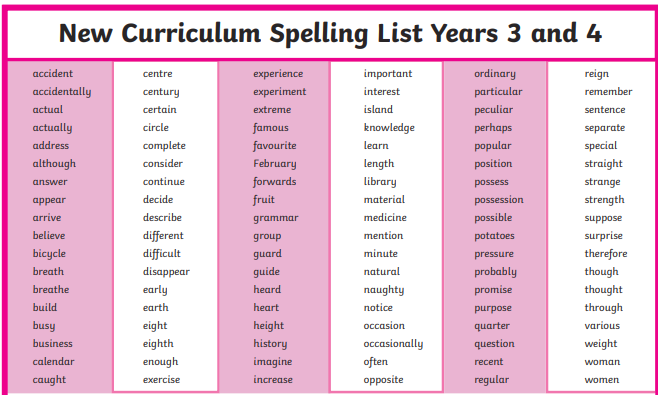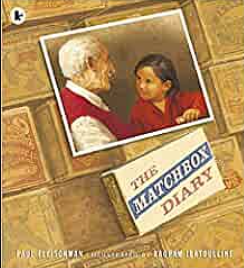English
Autumn 1
Writing
We will start the new term with a three-week workshop to consolidate our grammar and punctuation skills. We will then be following the Literacy Tree approach in our school Writing curriculum using recommended texts to inspire and produce quality writing.
Our first text is ‘The Matchbox Diary’ by Paul Fleischman. The children will discover a set of matchboxes containing some of the mementoes from the story. After writing predictions about what the objects might relate to, the children listen to the story in stages. They make inferences about why the great-grandfather and his family went to America, explore vocabulary and write in role. After taking part in a freeze-framing activity, they write a conversation between two migrants on board the ship to America. They will research two famous landmarks - Ellis Island and the Statue of Liberty - before timelining the main character’s life story. Following this, the children write a biography about the great-grandfather who made his journey to America all those years ago.
We will continue to practise our handwriting and spelling skills using the ‘Penpals for Handwriting’ and ‘No Nonsense Spelling’ schemes.
Reading
For our Reading sessions, we will be following the ‘Literacy Leaves’ approach from Literacy Tree. Using quality texts, our aim is to create and nurture a love of reading whilst at the same time enabling children to develop a range of age-related reading skills through a variety of tasks and activities.
This term our chosen books are as follows:
‘The Lion, The Witch and the Wardrobe’ by C.S. Lewis. In this well-loved classic, we meet a family of children, evacuated to their strange uncle’s house which proves to be a great place to play hide-and-seek. But then the children discover the wardrobe is a portal to another world, a place in perpetual winter ruled by The White Witch. Just when all seems lost, Aslan – the Great Lion - returns, bringing with him a sense of hope and safety and changing the lives of the four siblings forever.
‘Fairytales Gone Bad: Zombierella’ by Joseph Coelho. The first in a funny, deliciously dark, three-part series of twisted classics, written in verse by award-winning poet Joseph Coelho and illustrated by Freya Hartas. A yellow moon hangs in a satin sky the night Cinderella, barefoot and in hand-me-downs, slips at the top of the stairs ... and dies. But not for long. The Shadow of Death arrives to breathe life back into her bones and, for three nights only, Cinderella goes forth as ZOMBIERELLA. With her skin as cold as ice and her faithful horse Lumpkin back by her side, can she seek revenge on her three cruel, fake sisters, once and for all?
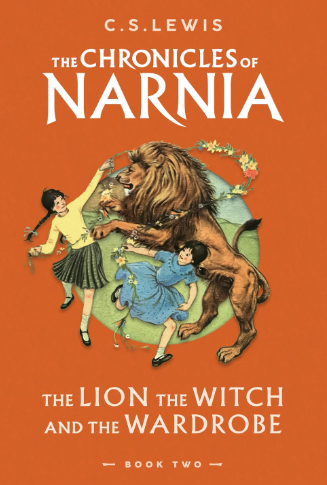
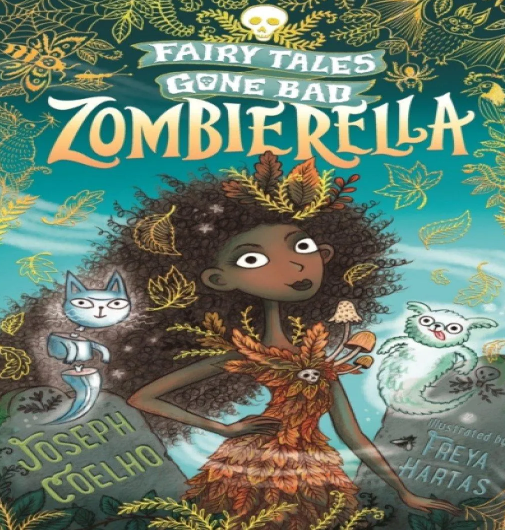
2024-2025
Summer 2
During our last half term together, we will be producing our best pieces of writing yet. To link with our Geography topic of rivers and our Science topic of habitats, we are going to create a narrative based on the beautiful book 'The Secret of Black Rock' by Joe Todd Stanton. We will begin the unit making predictions on what might happen in this book, using clues from the title, the first few lines of the story and finally the front cover image. We will be practising using inverted commas, creating beautiful settings with expanded noun phrases and using double fronted adverbials to bring variety to out sentence structures.
Again, tying in with our Geography topic, our class reader will be 'The River Singers' by Tom Moorhouse. We will be reading this text at the end of each day. We will also use the story within our reading skills lessons. This term we are going to be using the skills of sequencing and inference.
Something was approaching the burrow. Something deadly. Something that made Sylvan's fur bristle with fear ... Knowing their lives are under threat, Sylvan and his brother and sisters have no choice but to abandon their burrow for ever. Together they set out on an epic journey along the Great River; but with dangers lurking at every turn, will they ever find a safe place to call home? Adventurous, exciting, and bursting with charming illustrations - this is a book you'll want to treasure for ever.
Summer 1
In this short half term we will be covering two writing pieces, a persuasive letter to convince a reader to choose our healthy snack over a chocolate bar or a bag of crisps. We will be teaching the children about persuasive openers, adverbial clauses, rhetorical questions and the P.E.E structure of point, evidence explain. We will also explore the correct lay out of a formal letter.
Our second text will be a setting description based on discovering an ancient Maya ruin in the middle of an exotic jungle. We will be bringing our setting descriptions to life with expanded noun phrases, prepositional phrases, specific nouns and non finite clauses.
Both of these units link nicely to our topic question of "Can I bake a healthy snack?" We explore the origin of chocolate from the Maya and will then design, create and evaluate our own healthy snacks.
Our class reader is The Chocolate Tree by Linda Lowery.
Ever wonder where chocolate came from? We have the Mayan king Kukulkán to thank. Kukulkán is more than a king--he is also a god. One day he brings his people an amazing gift: a chocolate tree! But there is just one problem. Kukulkán's brother, Night Jaguar, doesn't want regular people to have chocolate. He thinks only gods should eat the tempting treat. Will Night Jaguar prevail? Or will the Mayans get to keep their chocolate tree?
If you wanted to purchase this at home, the link is as follows.
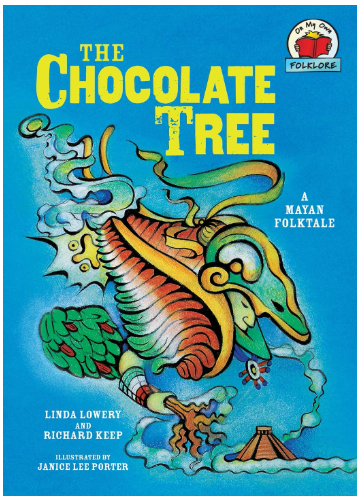
Spring 2
This term, we will begin with using our creative skills to explore poetry. We will become poetry detectives at the start of the unit, reminding ourselves of the types of poems there are and explaining our personal response to poetry. We will then look at our model poem 'The Magic Box' by Kit Wright to discover what writing tools he used to create his poem. These included ambitious adjective, expanded noun phrases with prepositions and metaphors.
To develop our oracy skills, we will then perform our poems to our class and film them to share on Class Dojo.
Linking with Science, we will investigate, plan and write explanation texts to provide information on why we need our different types of teeth and also how our digestive system works. During these units of writing, we will be recapping a variety of grammatically features such as fronted adverbials, linking adverbs and conjunctions to reinforce this learning.
To develop our reading skills, we will be improving our skimming and scanning skills to respond to multiple choice questions. We will use text which support our topic on the digestive system as well as our class reader.
Our class reader this term is 'Finding her Feet' by Eve Ainsworth.
A shy but talented footballer navigates challenging friendships and anxiety at school in this touching tale from acclaimed author Eve Ainsworth.
Lily always feels a little bit left out. Shy and anxious, she finds school really hard, particularly as most of the other girls all seem so confident. Most of the time, Lily wishes that she could just disappear. But during a game of football in PE, Lily’s teacher spots her natural talent and invites Lily to join the local girls’ team, where she starts to make friends with some of the other players. Finally, she thinks she’s found a place where she fits in, but will a vicious argument with one of her teammates put all her progress in jeopardy?
This book links to our school term topic of keeping healthy, as well as challenging gender norms with lots of opportunity for open discussions.
Spring 1
This half term, we are learning all about Greek Myths. We will using the book 'Beasts of Olympus: Beast Keeper' by Lucy Coats. This is about a boy who is reunited with his father who is the Greek God Pan. He is taken to the kingdom of the Gods to see if he can become the new beast keeper. The story introduces the children to different Gods and Goddesses. We will be writing character description of the children's own Gods which they will design based on adjectives. We will also teach the children how to use and build expanded noun phrases and appositives.
To develop the children's oracy skills, we will have a debate to decide who's God or Goddess is the best. The children will need to use their persuasive language and high level vocabulary to persuade others that their God or Goddess should rule the kingdom!
The children will then be writing their own Greek Myths based on Theseus and the Minotaur. We will be recapping the of use fronted adverbials and how to use more than one for effect.
For our reading lessons, we will be focusing on the reading skill of True or False. The children will need to use their skimming and scanning skills to decide whether information in the questions are true or false. They will be learning to use the text to explain how they know and build on using evidence in their answers.
Autumn 2
In English this half term, we will be complimenting our topic question of 'Can we find art in the street?' by writing a biography and a newspaper report.
We will be exploring the history, what we know of him, of Banksy and his infamous artistry. We will draw inspiration from his art work by choosing one of his characters to create a fictional biography. We will be practising using adverbial clauses, linking adverbs and organisation devices to create our reports.
Our second unit will explore newspaper reports and this will be inspired by the book 'Scribbleboy' by Philip Ridley. In this unit we will explore creating effective headlines, reporting direct speech and appositives to up-level our writing.
Our reading skill this half term will be 'matching'. We will build on the skills honed during Autumn 1 to skim and scan textx to enable us to match correct information to statements.
Autumn 1
Writing
This term in English, we will spend the first three weeks creating a non-chronological report about Badgers and Rabbits. We will build on the skills we learned in year three to explore features such as headings, subheadings, paragraphs, co-ordinating conjunctions, the use of pronouns and key information about each animal. We will begin evaluating other non-chronological reports to deepen our understanding of what makes a report a really effective one.
Our second writing unit this term will be based on the book "The boy who harnessed the wind". We will be exploring the culture of Malawi and the importance of renewable energy and using our writing skills to create our own version of this book. We will be looking at speech, expanded noun phrases, prepositions and adverbial phrases to elevate our writing.
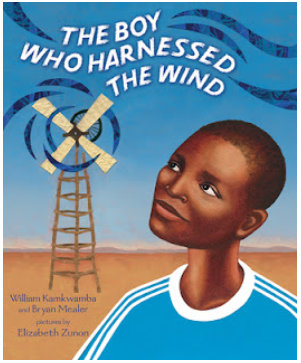
Reading
This half term, we will be focusing on learning how to retrieve information from a text. We will learn how to skim, scan and close read a text to help our understanding. We will use different text types to help us develop our comprehension skills.
We will also be reading 'Scavenger Boy' by Theresa Tomlinson as a class reader.

GAPS - Grammar, punctuation and Spelling
We will be using Rainbow Grammar to help us understand how to structure sentences. We will revisit what a subject, predicate and stop is. Then we will move on to learning about subordinating conjunctions, fronted adverbials, embedded clauses, appositives and non-finite clauses. We will also embed the knowledge on how to use inverted commas to show speech in our writing.
This half term we will continue our spelling journey by developing our knowledge of suffixes and prefixes and learning new spelling patterns to help us in our writing.
The spelling words to learn set by the National Curriculum can be seen below. This is a list of words to learn by the end of year 4.
